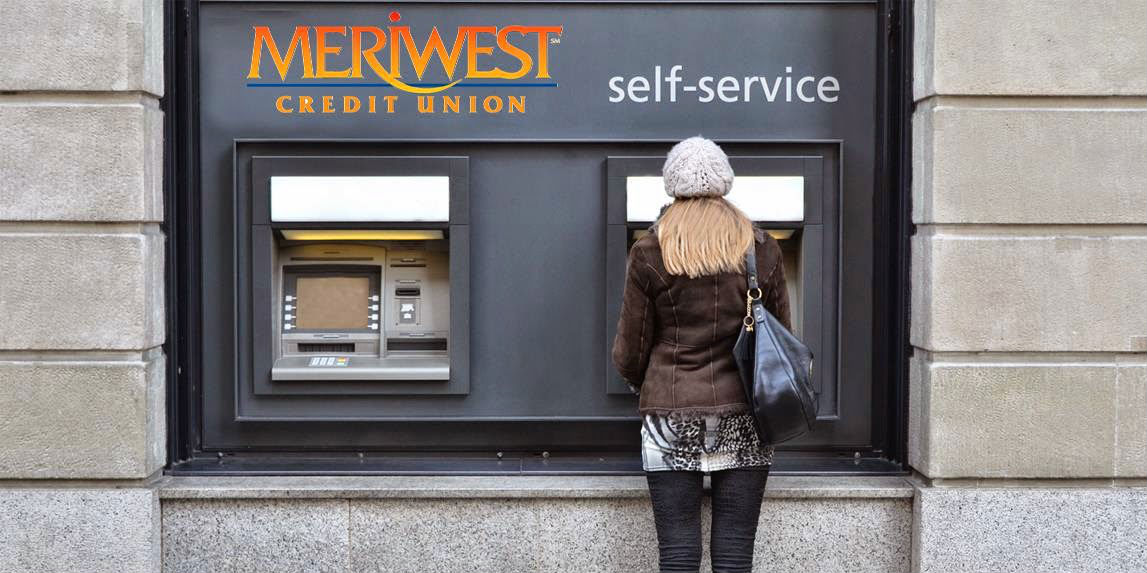Where is banking going in ten years?

by. Greg Meyer
There have been a lot of changes in banking in the past few years. Some changes are subtle, but some create a new paradigm, such as the advent of Mobile Banking. Mobile Banking has the potential to be bigger than Online Banking was at its introduction. Why? There is a much larger installed base of mobile smart phones today, 1.5 billion worldwide, than there were PC’s in 1997 when Online Banking went live. Mobile Banking acceptance by younger adults is off the charts. They do not fear using their phones for banking purposes and welcome the convenience Mobile Banking promises them.
So, what are some of the big changes we will see coming in the near future? For starters, it is a foregone conclusion that paper checks are going away. With the proliferation of online bill pay systems, there is very little need for consumers to sit at the old desk and write out checks once or twice a month. You won’t have to lick any of those nasty bill envelopes anymore! Yuck.
Today, it takes me five minutes to pay 7 bills. No stamps, no envelopes, no calculators. Just me, my bills and my PC and my bills are paid in 24-48 hours mostly. It is very easy even for beginners.
Another change will be the new EMV or EuroPay MasterCard/Visa. This is the new “chipped” cards that many have been talking about. Simply put, EMV (sometimes referred to as chip-and-PIN, or chip-and-signature) is the most recent advancement in a global initiative to combat fraud and protect sensitive payment data on cards. A cardholder’s confidential data is more secure on a chip-enabled payment card than on a magnetic stripe (magstripe) card, as the EMV card supports dynamic authentication, while the current mag-stripe card does not (the data is static). Consequently, data from a traditional magstripe card can be easily copied (skimmed) with a simple and inexpensive card reading device – enabling criminals to reproduce counterfeit cards. Chip (EMV) technology is effective in combating counterfeit fraud with its dynamic authentication capabilities (dynamic values exist within the chip itself that, when verified by the point-of-sale device, ensure the authenticity of the card). The one thing that cannot be copied is the chip in the card. (A lot of people are saying that if we had EMV cards, the Target data breach would not have happened. Incorrect. The EMV cards would not have protected anyone from Target’s failed attempts at data security on their systems.)
continue reading »